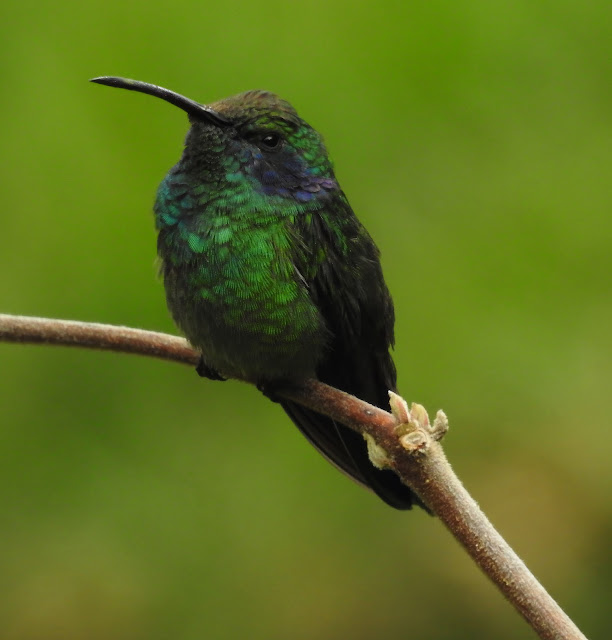The Collared Pratincole, known to some as the Common Pratincole or Red-winged Pratincole, is a distinctive wader belonging to the family Glareolidae. This bird is characterized by its short legs, long pointed wings, and a long forked tail. The bill is short, an adaptation for its aerial feeding habits. Adults typically measure 24–28 cm in length with a wingspan of 60–70 cm. The plumage is a blend of brown on the back and head, with a stark white belly. The underwings are a rich chestnut, presenting a darker appearance from below.
To identify the Collared Pratincole, one must look for its chestnut underwings and deeply forked tail. It can be challenging to distinguish from similar species such as the Black-winged Pratincole and the Oriental Pratincole, especially since the latter also possesses chestnut underwings but has a shorter tail.
The Collared Pratincole thrives in open country and is frequently observed near bodies of water, particularly in the evening as it hunts for insects.
This species graces the warmer regions of Europe, southwest Asia, and Africa with its presence. It is a migratory bird, retreating to tropical Africa to overwinter and is considered a rarity north of its breeding territories.
Pratincoles are unique among waders due to their propensity to capture insect prey on the wing, akin to swallows, though they are also capable of feeding on the ground.
The Collared Pratincole is a colonial nester, with a preference for laying its eggs in shallow scrapes on open ground, often near water. The clutch consists of 2–4 eggs, which are cream in color with black or dark brown markings. Both parents share the responsibility of incubation, which lasts for 17-19 days, and the young are precocial and nidifugous, leaving the nest within 2–3 days. The fledglings take to the skies after 25–30 days.
The Black-winged Pratincole and Oriental Pratincole are the species most similar to the Collared Pratincole. The key to differentiating them lies in the details of the tail length and underwing coloration.
The Collared Pratincole's diet consists primarily of insects, which it adeptly catches in flight, demonstrating its aerial agility.
The Collared Pratincole is listed as Least Concern on the IUCN Red List. It is also a species protected under the Agreement on the Conservation of African-Eurasian Migratory Waterbirds (AEWA).
%2018.jpg)
%2019.jpg)
%2020.jpg)
%2021.jpg)










%2020.jpg)




%2020.jpg)
%2021.jpg)
%2022.jpg)



%2010.jpg)
%2020.jpg)
%2021.jpg)
%2022.jpg)
%2023.jpg)




%2010.jpg)
%2011.jpg)
%2010.jpg)
%2012.jpg)
%2014.jpg)
%2020.jpg)
%2021.jpg)
%2020.jpg)

%20(Sympetrum%20fonscolombii)%2020.jpg)
%20(Sympetrum%20fonscolombii)%2021.jpg)